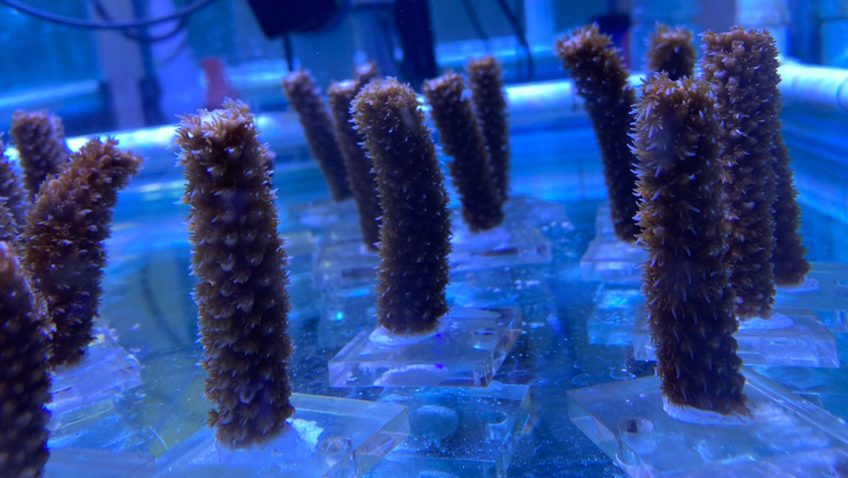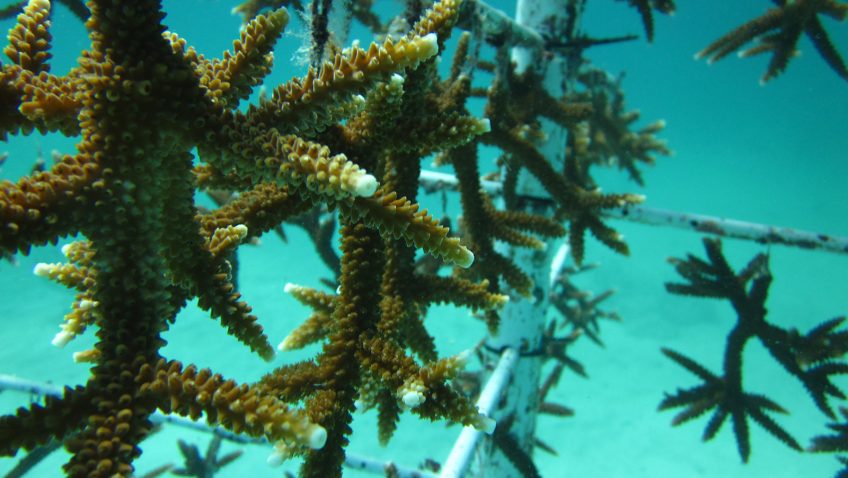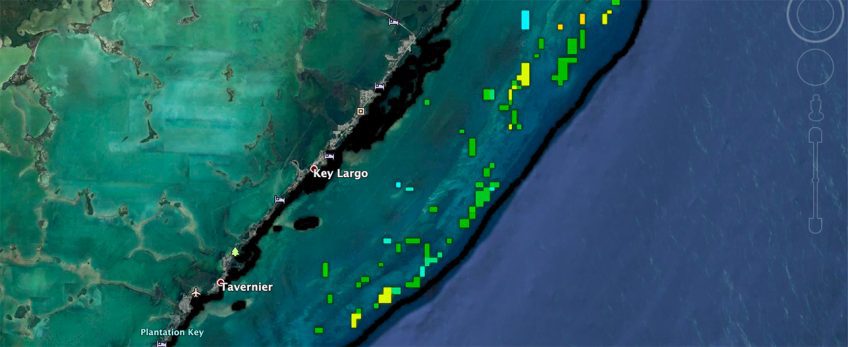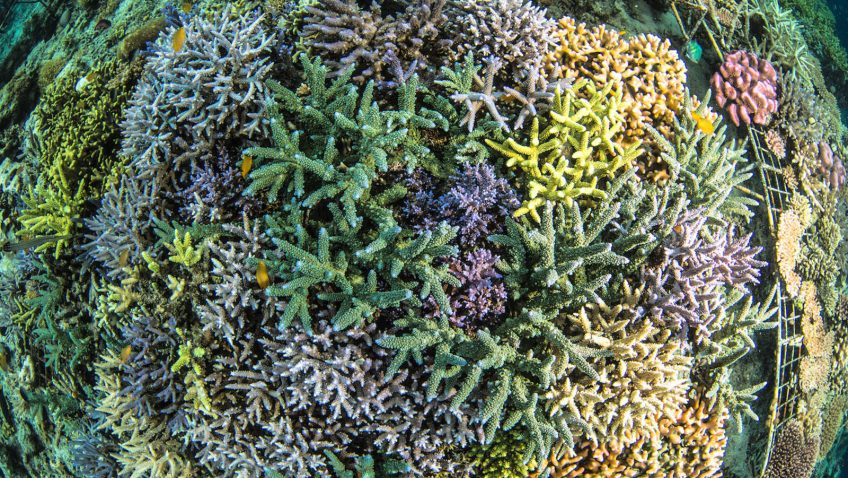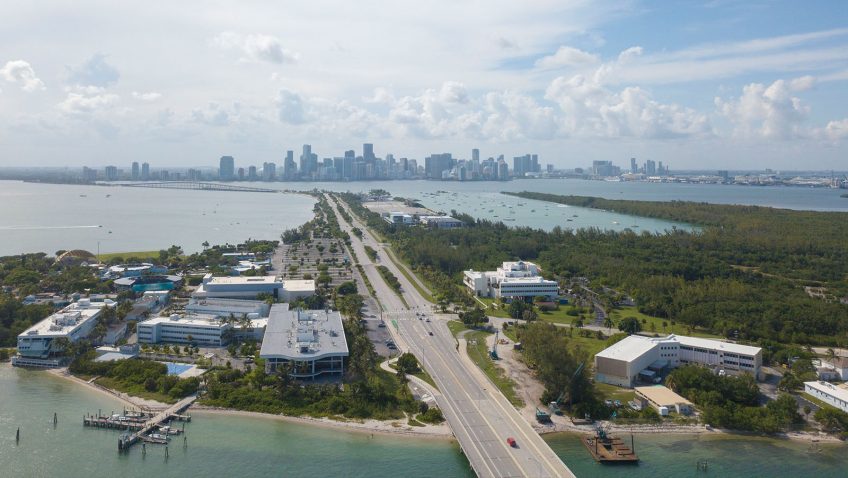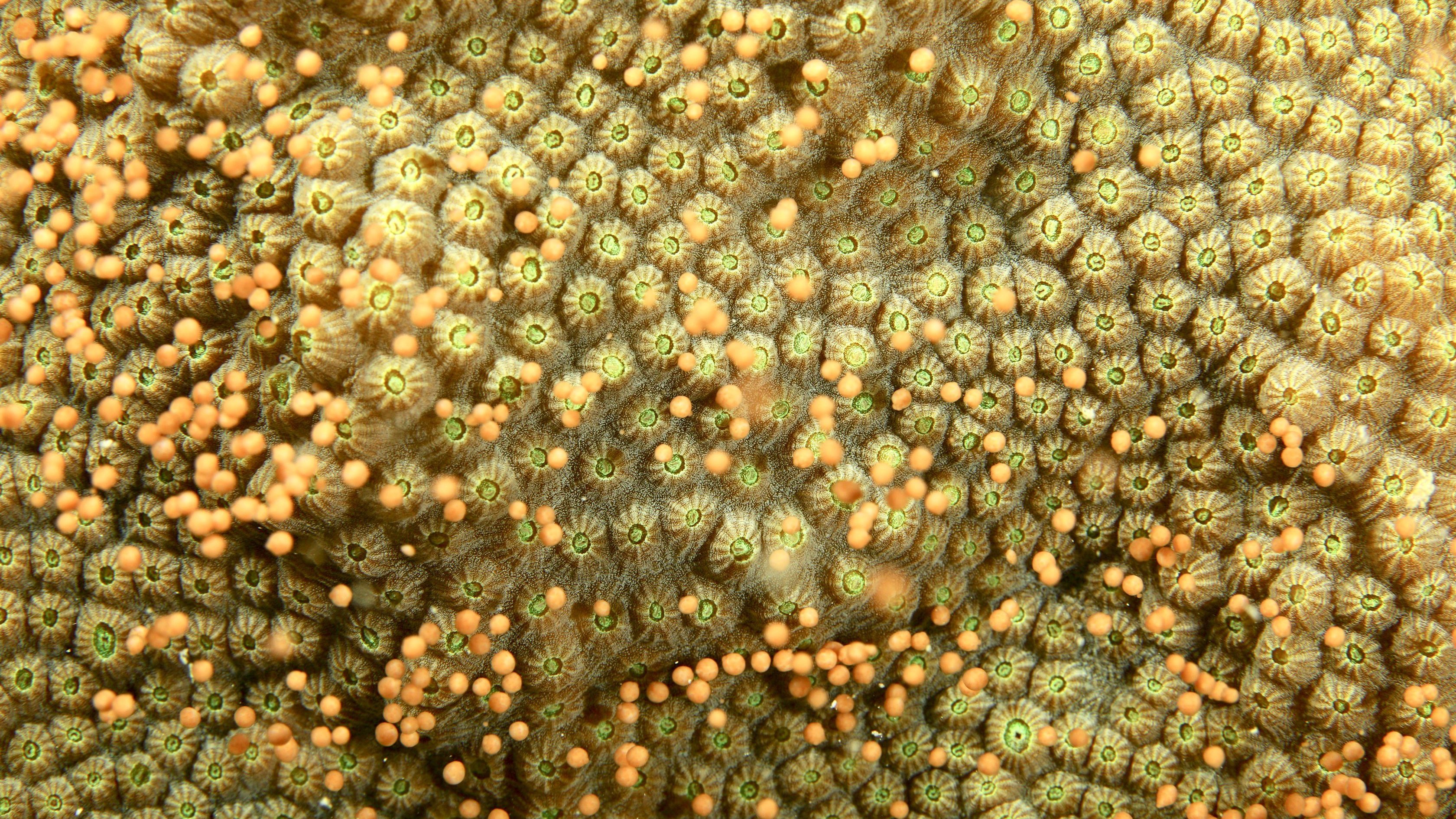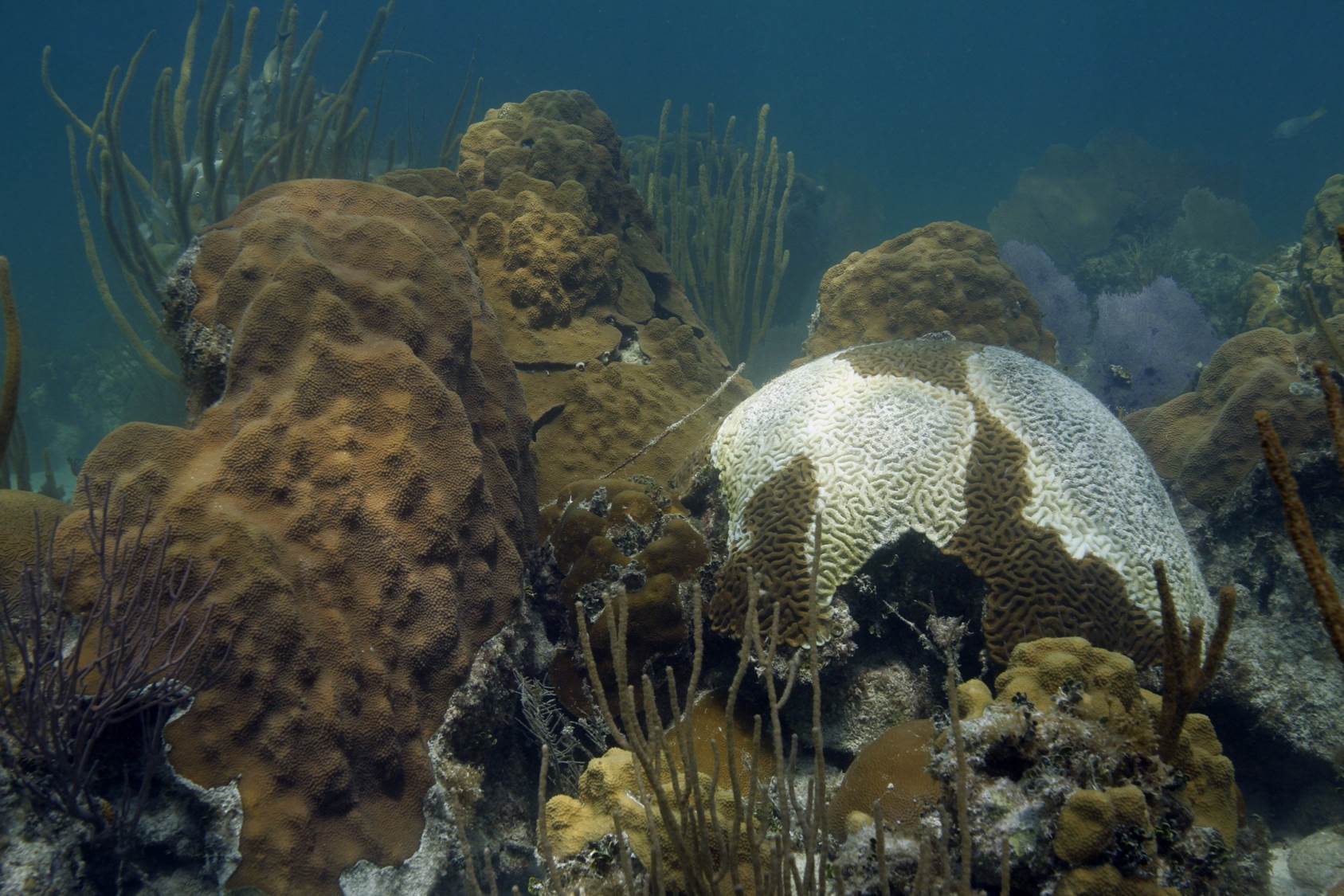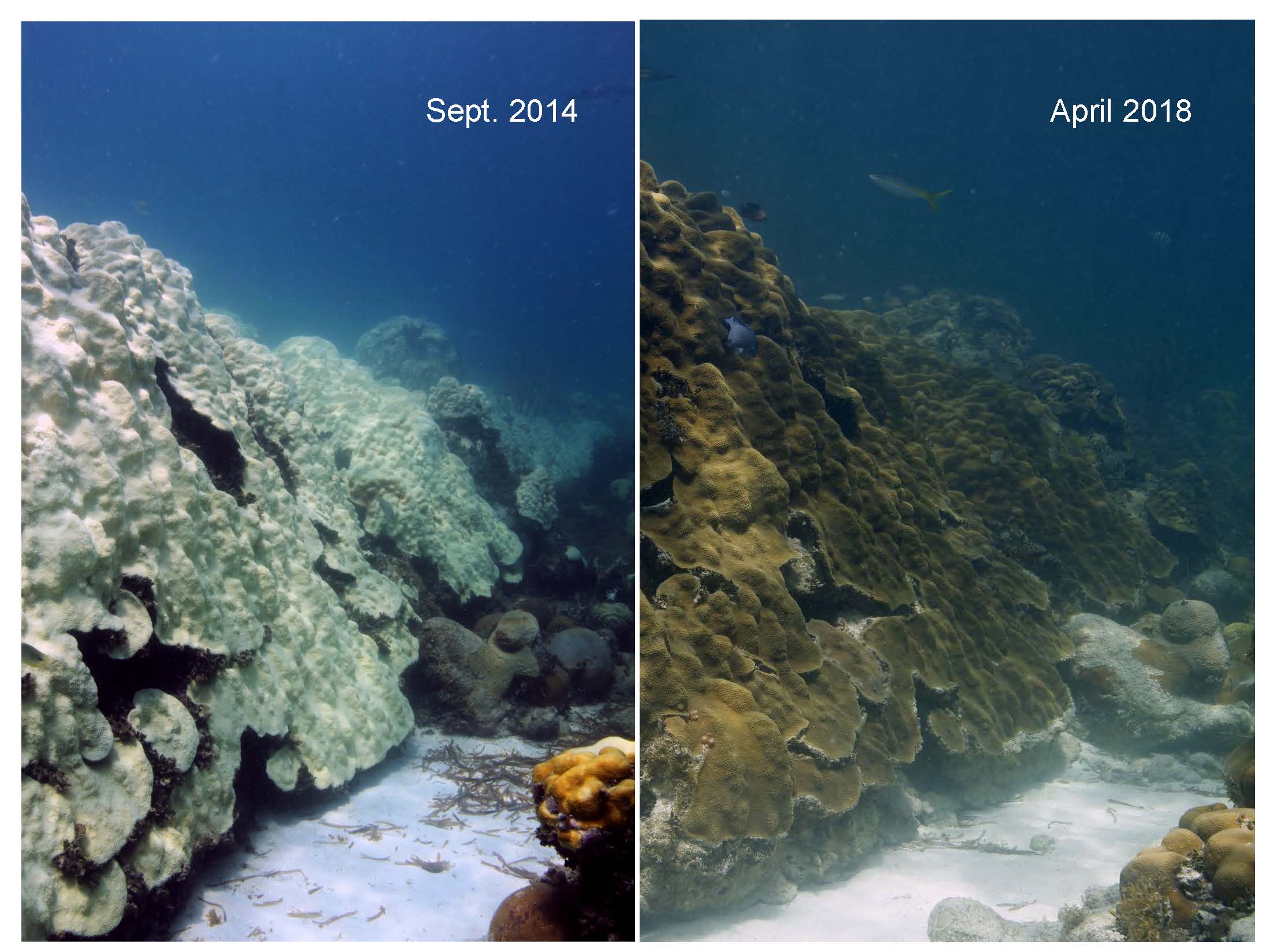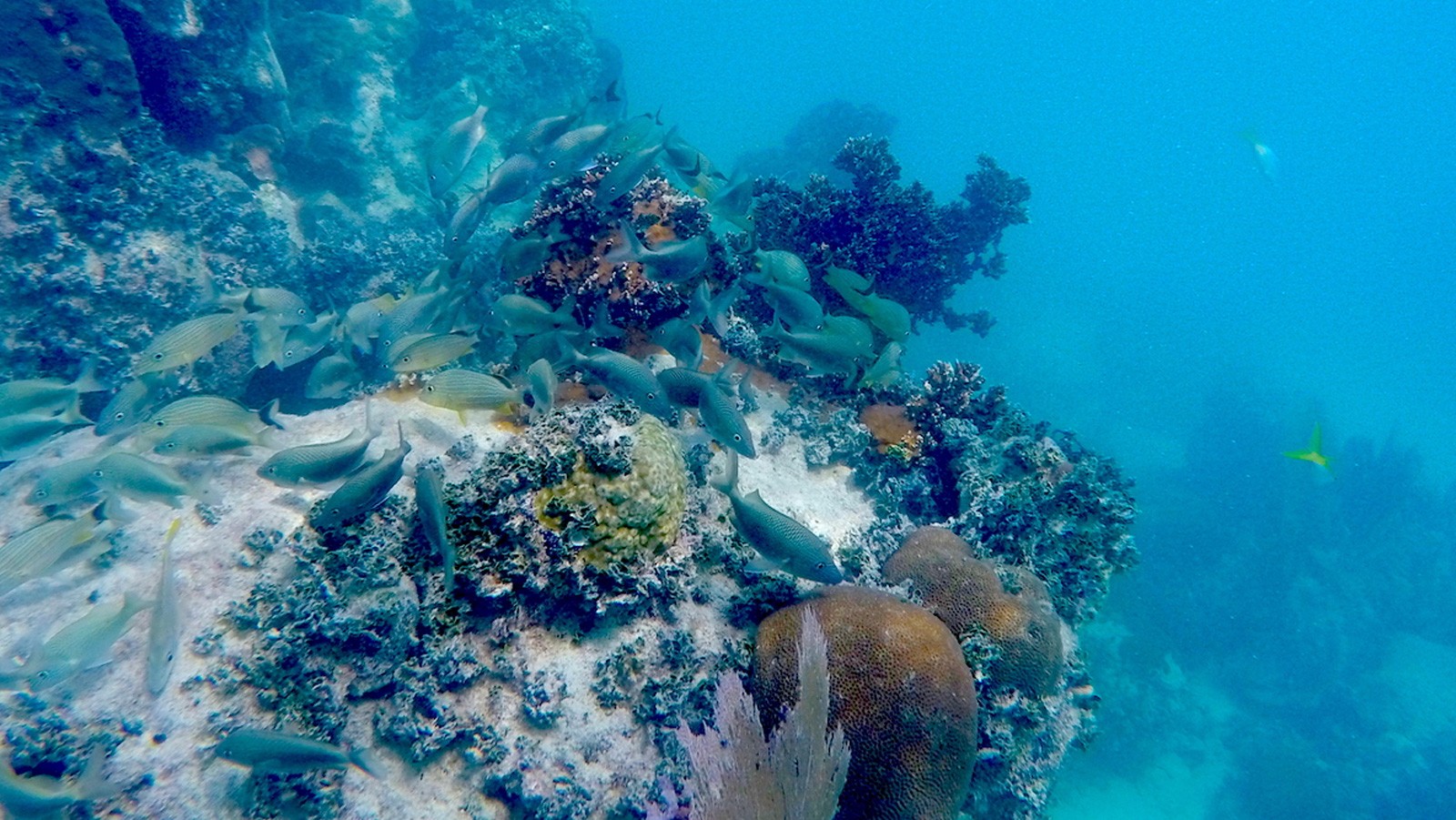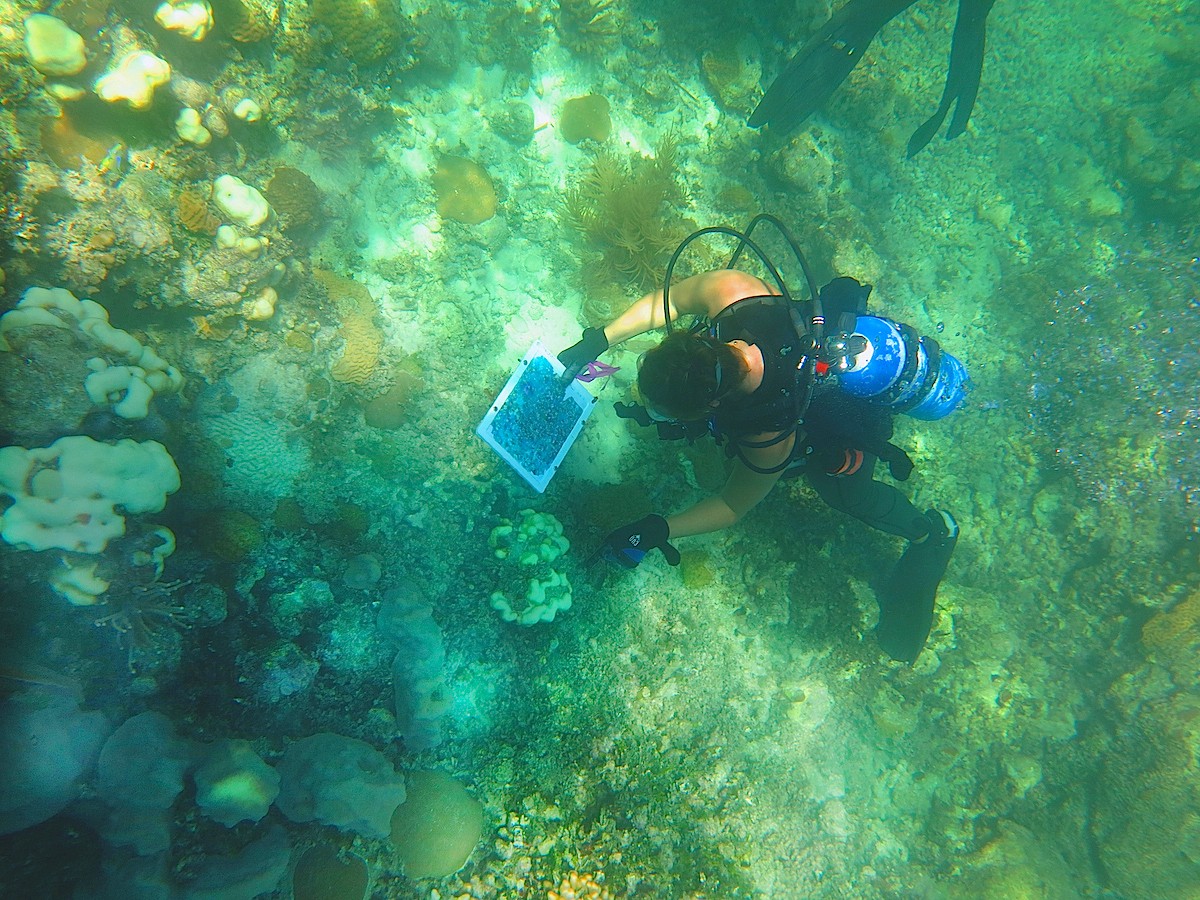Building Endurance to Beat the Heat: New Study Preps Corals for Warming Waters
In a recent study published in the journal Coral Reefs, scientists at NOAA’s Atlantic Oceanographic and Meteorological Laboratory (AOML) found that staghorn coral (Acropora cervicornis) fragments exposed to an oscillating temperature treatment were better able to respond to heat stress caused by warming oceans.
